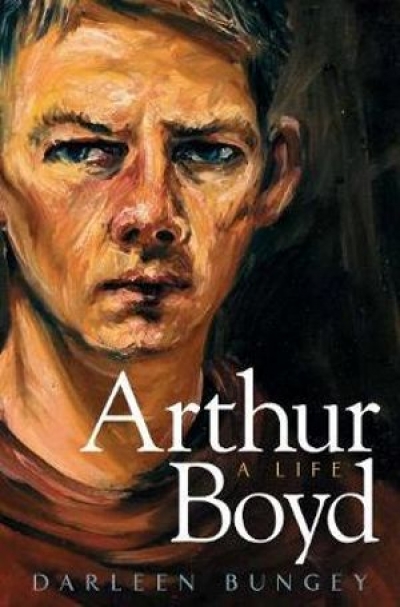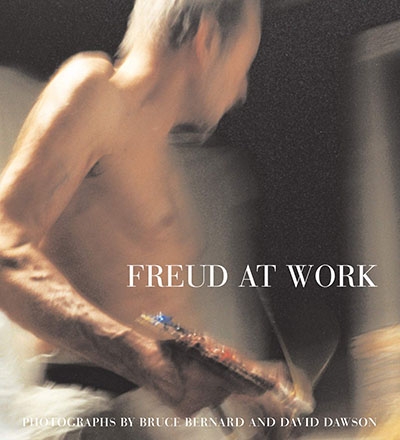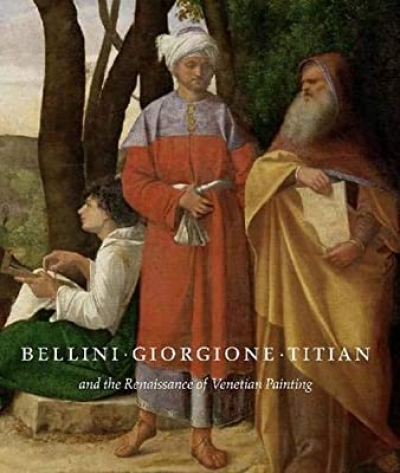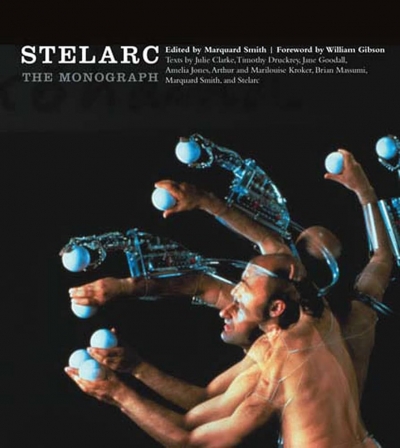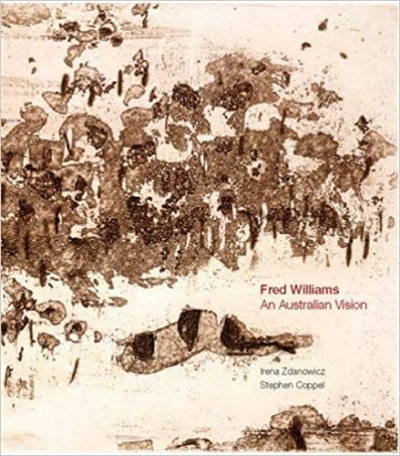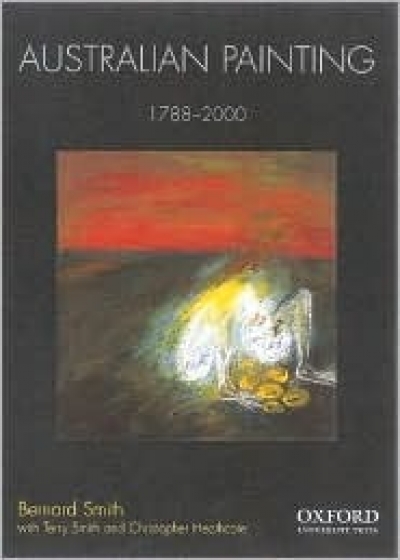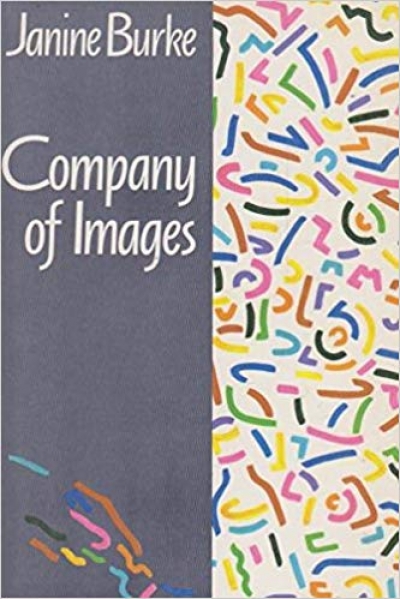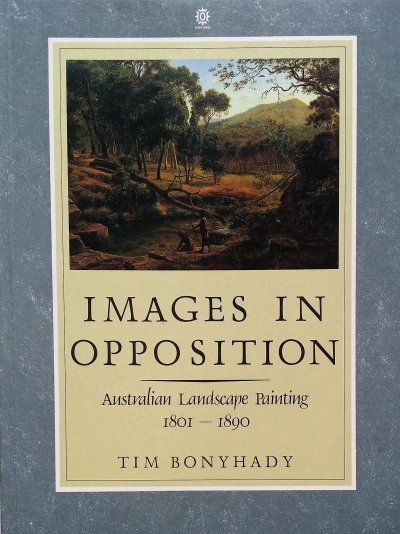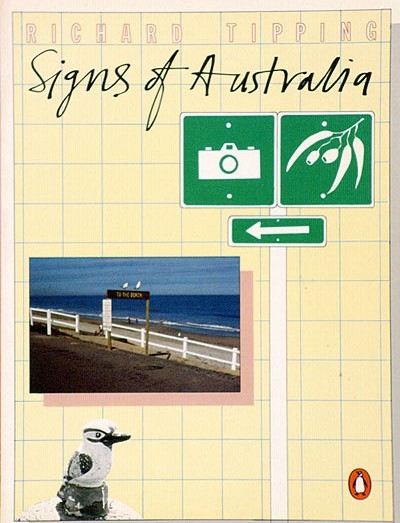Visual Art
The Telstra National Aboriginal & Torres Strait Islander Art Award 1984–2008: Celebrating 25 Years by Sue Bassett
by John Kean •
Freud at Work: Photographs by Bruce Bernard and David Dawson by Lucien Freud in conversation with Sebastian Smee
by John Gregory •
Bellini, Giorgione, Titian, and the Renaissance of Venetian Painting by David Alan Brown et al.
by Luke Morgan •
Fred Williams: An Australian vision by Irena Zdanowicz and Stephen Coppel
by Sebastian Smee •
Australian Painting 1788–2000 by Bernard Smith, with Terry Smith and Christopher Heathcote
by Daniel Thomas •
Images In Opposition: Australian landscape painting 1801–1890 by Tim Bonyhady
by Leigh Astbury •

